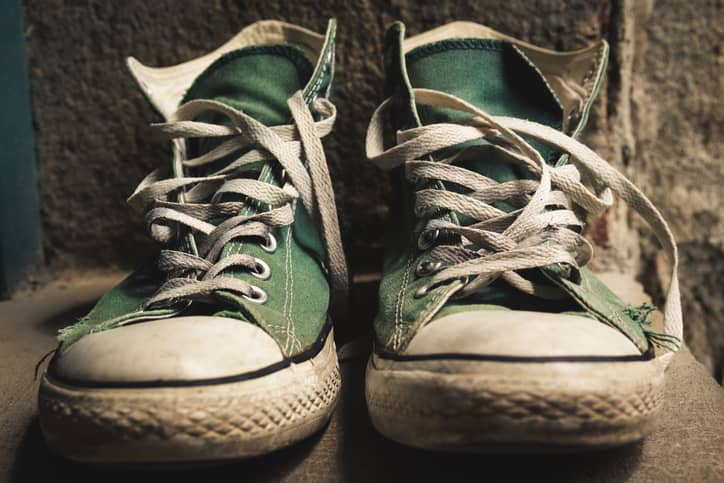Athlete's foot is a common fungal infection of the foot. The infection is contagious, but is usually not serious. It can often be cured at home with anti-fungal creams or sprays.
Athlete's foot is caused by an overgrowth of the tinea fungus on the foot. Everyone has fungal germs on their skin and they are not usually problematic. But sometimes there is an overgrowth of this fungus, which causes athlete's foot.
Causes of athlete’s foot
Athlete’s foot can happen to anyone, but the fungus is more likely to thrive and invade your skin in warm, moist, and airless environments.
It is usually spread by:
- being barefoot in public places, such as changing rooms and showers where someone else may have athlete’s foot
- touching the feet of someone else who has athlete's foot
Symptoms of athlete's foot
Athlete’s foot may cause a number of symptoms. It tends to start between the little toes, followed by an itchy, scaly rash.
Other symptoms of athlete’s foot include:
- itching or stinging between your toes or on the bottom of your feet
- itchy blisters
- cracked and peeling skin on the feet
- dry skin on the bottom or side of your feet
- toenails that are coming away from the nail bed
- toenails that are thick, break easily, or are a different colour
- Sores on your feet
Self-care for athlete’s foot
To prevent athlete’s foot, make sure your shoes fit well and are breathable, so your feet can remain cool and dry. You should also aim to change your shoes once every two to three days.
If you use communal changing rooms or showers be sure to wear shoes to protect your feet from infection.
You should also:
- avoid sharing towels
- dry your feet thoroughly after washing them
- wear absorbent socks
- try not to scratch the areas of your feet that are infected
Treatment for athlete’s foot
A pharmacist may advise using a topical antifungal treatment to treat athlete’s foot.
There are a few different types and they come as sprays, liquids or powders. Speak to your pharmacist or doctor for further guidance on whether to use these medications and how to get and use them.
Follow the instructions on the treatment information leaflet because you may need to continue to apply it for a few days after the symptoms have disappeared. This makes sure the fungus is completely gone and will prevent the infection from returning.
There is no need to stay away from work, school or any other activities - just keep your feet covered in communal areas.
When to worry
If the treatments from a pharmacy don’t work, or your infection is severe, you should visit a doctor.
You should also visit a doctor if:
- you are in a lot of pain
- your foot is red, hot, and painful (this could be a sign of a more serious infection)
- you have diabetes
- you have a weakened immune system.

